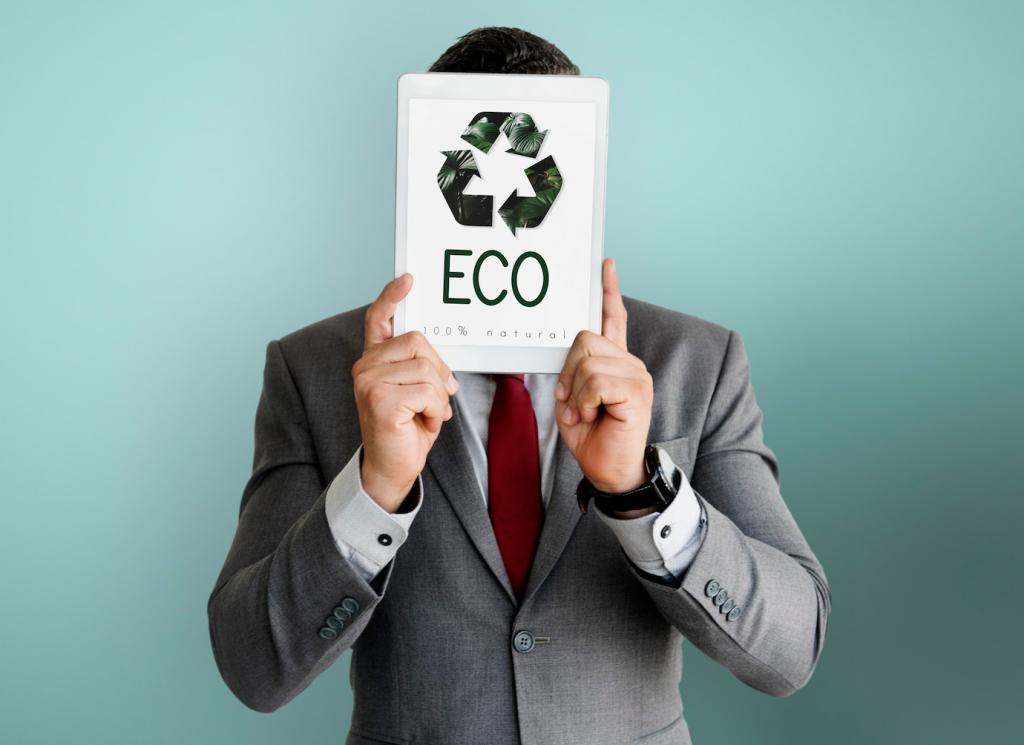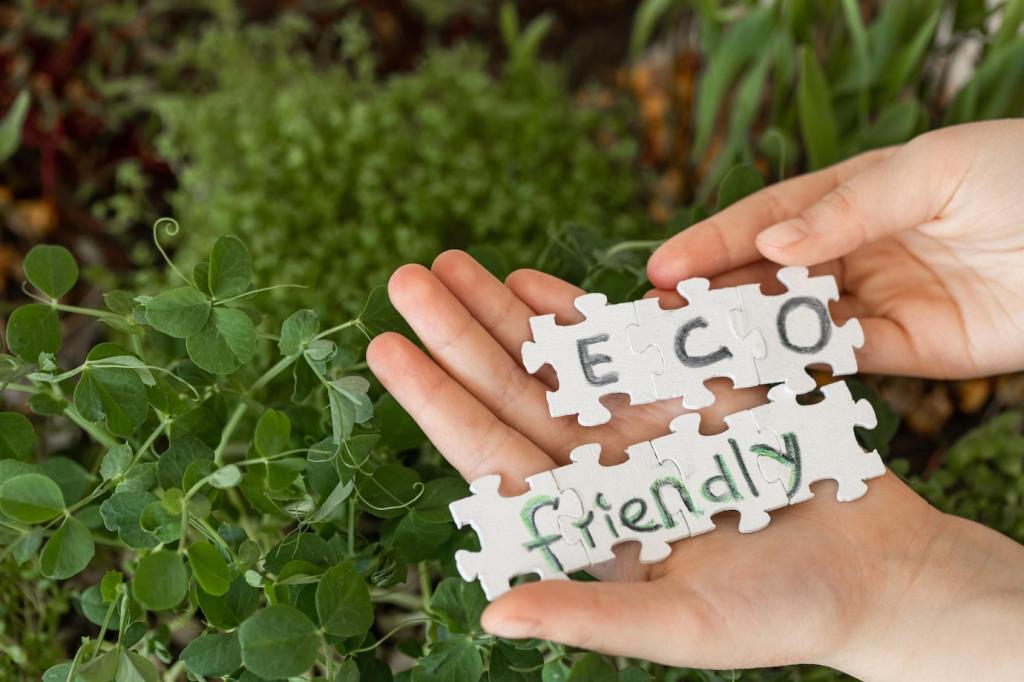Green Marketing: How Copywriting Educates on Sustainability
The Psychology Behind Educational Green Copy
Copy that educates without blame highlights benefits people can feel now, like comfort, savings, health, and social pride. Instead of warning about distant doom, it shows what improves immediately, turning sustainable actions into wins readers want to repeat and share with friends.


The Psychology Behind Educational Green Copy
When readers see relatable people making greener choices, sustainable behavior becomes normal instead of noble. Testimonials, neighborhood stories, and peer benchmarks give permission and momentum, especially when paired with simple steps that feel doable within existing routines and budgets.
Storytelling That Makes Sustainability Tangible
A neighborhood bakery switched to compostable wrappers after their menu explained soil benefits in simple language. They included a collection box and a monthly update about compost made. Customers felt included, not preached at, and return visits rose along with community pride.
Storytelling That Makes Sustainability Tangible
Show the messy middle, not only the win. Compare the old way and the new way step by step, including trade offs. When readers see the reasoning, they learn to evaluate claims elsewhere, becoming informed, resilient participants instead of passive followers.

Action plus why plus how in one clear sentence
Pair each request with a purpose and a first step. For example, switch to refills to cut plastic at the source, then link to a map of refill locations. Education and action live together when readers immediately know the reason and the route.

Micro challenges that build confidence over a week
Seven day prompts can teach big ideas through tiny moves, like a materials checklist or a leftovers game. Each day offers one task, one insight, and one reflection. Encourage sharing progress, and ask subscribers which step felt surprisingly easy or hard.
Certifications that add context and confidence
Name the standard, the issuing body, and what it covers, whether materials, labor, or management practices. Explain scope and what is not certified. Badges like FSC, Fairtrade, or B Corp mean more when readers understand the criteria and how audits work.
Numbers that matter to everyday decisions
Educate with per use impacts, not only totals. Show assumptions, system boundaries, and the date of data. Link to methodology and invite feedback. When numbers are interpretable and transparent, readers learn to judge options and choose what best fits their lives.
Open the doors: behind the scenes builds trust
Use shop floor videos, supplier spotlights, and packaging breakdowns to explain choices and compromises. Publish your sustainability rulebook and timeline. When setbacks happen, share them and your next step. This honesty teaches critical thinking and strengthens long term relationships.
Newsletters that compound learning over time
Design a drip sequence that starts with a quick win, then layers deeper concepts like circular design and responsible sourcing. Include reflections, templates, and reader questions. Encourage replies and turn the best conversations into future educational posts for everyone.
Social series that turn small screens into classrooms
Create weekly carousels or short videos that decode labels, show refill routines, or repurpose leftovers. Use captions to teach one concept at a time. Save highlights into themed collections so newcomers can catch up and binge learn at their own pace.
On site microcopy that teaches at the moment of choice
Add tooltips explaining materials, certifications, and end of life guidance right beside buttons. Use comparison tables with context instead of vague eco badges. Reduce uncertainty where decisions happen, and ask visitors to share what explanation made their choice easier.
Monitor time on educational sections, glossary visits, downloads of checklists, and completion of pledges or challenges. Track repeat engagement after educational emails. When these indicators rise, your copy is helping people understand and practice sustainability in meaningful ways.

